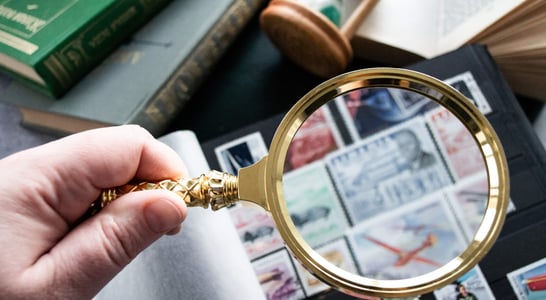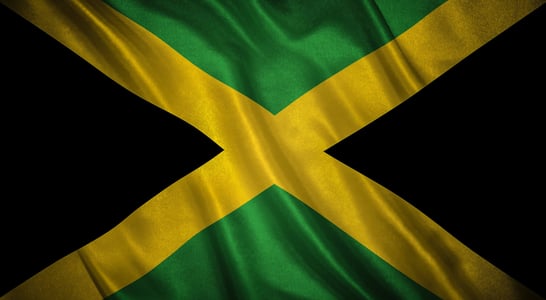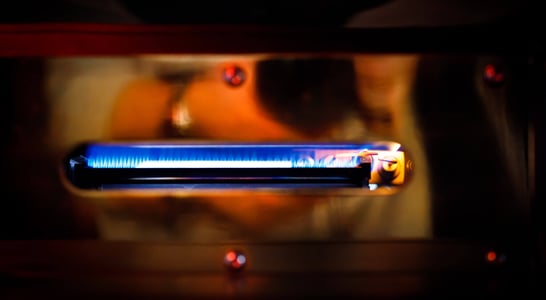
National Television Heritage Day
National Television Heritage Day is an exciting celebration of television’s impact and evolution, a vital part of our culture and history.
It’s a chance to appreciate how TV has shaped our society, from bringing historical events into our living rooms to changing the way we consume entertainment.
Why do we celebrate this day? Television has played a crucial role in our lives by educating us, providing news, and offering an endless stream of entertainment.
Over the years, TV has evolved from simple black and white screens to massive digital displays with content streaming from around the globe. It connects us to the world and to each other, sparking conversations and building communities around shared interests.
National Television Heritage Day is not just a nod to the past but a look forward to the ongoing advancements in television technology.
It’s a day to reflect on how television continues to influence and impact society, fostering understanding and dialogue across diverse cultures. It reminds us of the power of television to bring stories to life and to bring people together.
How to Celebrate National Television Heritage Day
Kick Off with a Classic TV Show Marathon
Why not dive into the golden age of television? One could pull up a list of classic shows—think ‘I Love Lucy‘ or ‘The Twilight Zone“. It’s a cozy way to pay homage to the early days of TV!
Craft Your TV Show
Feeling creative? This day is perfect for sketching out the pilot episode of your dream TV show. Whether it’s a suspense thriller or a comedy, let your imagination run wild and pen down your ideas.
Upgrade Your Viewing Setup
It may be time for a new television. Splurging on a new set is the perfect way to bring the latest in television technology into your home.
Host a Themed Watch Party
Choose a decade and throw a themed viewing party! Whether it’s the groovy 70s or the funky 90s, dress up in period attire and watch popular shows from that era. It’s fun and immersive!
Dive Into TV History
Last but not least, spend some time learning about the history and impact of television.
Documentaries about TV history or articles exploring significant television milestones can be both informative and fascinating. It’s a great way to appreciate how far television has come and its impact on society.
History of National Television Heritage Day
National Television Heritage Day traces its roots back to the early developments in the history of television broadcasting. This day honors the progression from the early mechanical systems to modern digital broadcasts.
Television technology began to captivate public attention as early as the 1920s with pioneers like John Logie Baird, who was instrumental in advancing mechanical television systems.
The first major public demonstrations of television, such as Baird’s in the mid-1920s, showcased the potential of this new medium to broadcast moving images over airwaves, setting the stage for future innovations.
By the mid-20th century, television had become a household staple, and the medium continued to evolve dramatically.
The introduction of color broadcasting and the transition to digital television marked significant technological leaps. These advancements not only enhanced the viewing experience but also expanded television’s role as a critical medium for entertainment, news, and education.
National Television Heritage Day reflects on these developments. It celebrates the past while looking forward to the future of television.
It’s a day to recognize how television has grown from simple mechanical experiments to a complex, globally interconnected digital media platform.
National Television Heritage Day FAQs
What was the first televised sporting event, and how did it influence sports broadcasting?
The first televised sporting event was a college baseball game between Columbia and Princeton on May 17, 1939.
This broadcast demonstrated television’s potential to bring live sports into homes, paving the way for the extensive sports coverage we enjoy today.
How did the “TV dinner” revolutionize mealtime in front of the television?
Introduced by Swanson in 1953, the “TV dinner” allowed families to enjoy convenient, pre-packaged meals while watching television. This innovation changed dining habits, making eating meals in front of the TV common.
What role did television play in the 1960 U.S. presidential debates?
The 1960 debates between John F. Kennedy and Richard Nixon were the first to be televised. Viewers who watched on TV favored Kennedy, while radio listeners preferred Nixon, highlighting television’s impact on public perception.
How did the introduction of color TV impact advertising strategies?
The advent of color television in the 1960s led advertisers to create more vibrant and visually appealing commercials, enhancing product appeal and viewer engagement.
What is the significance of the “test pattern” in early television broadcasting?
Early television stations used test patterns to calibrate equipment and allow viewers to adjust their sets for optimal picture quality. These patterns became iconic symbols of the early TV era.
How did the remote control change television viewing habits?
In the 1950s, remote controls allowed viewers to change channels and adjust volume without leaving their seats, leading to more active channel surfing and personalized viewing experiences.
What was the impact of the “Must-See TV” programming block on Thursday nights?
NBC’s “Must-See TV” lineup in the 1990s featured popular shows like “Friends” and “Seinfeld,” dominating Thursday night viewership and influencing network scheduling strategies.
How did the VCR change the way audiences consumed television content?
The VCR, popularized in the 1980s, allowed viewers to record and watch shows at their convenience, introducing the concept of “time-shifting” in TV viewing.
What was the first music video aired on MTV, and why is it significant?
MTV launched on August 1, 1981, with the music video “Video Killed the Radio Star” by The Buggles, marking the beginning of a new era in music television.
How did the transition from analog to digital broadcasting affect television viewers?
The switch to digital broadcasting improved picture and sound quality, offered more channels, and required viewers to have digital-compatible TVs or converters, marking a significant technological advancement in television history.
See what else is happening…
There’s always more going on every month at Days Of The Year. Here are our favorites this month!
Also on ...
View all holidaysNational US Postage Stamp Day
Tiny artworks, adhesive tokens bridging distances, silently narrating historical tales, each stamp an unspoken messenger of connection.
International Chicken Wing Day
Crispy, juicy, spicy or sweet, the ultimate finger food that's perfect for game nights, parties, or any occasion. What's not to love?
International Reggae Day
Get into the laid-back reggae vibe by firing up some classic reggae artists like Bob Marley or Peter Tosh, or dig into the history of reggae and find some new music.
We think you may also like...
Internaut Day
Be an “internaut” and learn more about how best to navigate and make use of the remarkable tool most of us have at are fingertips all the time: the internet.








